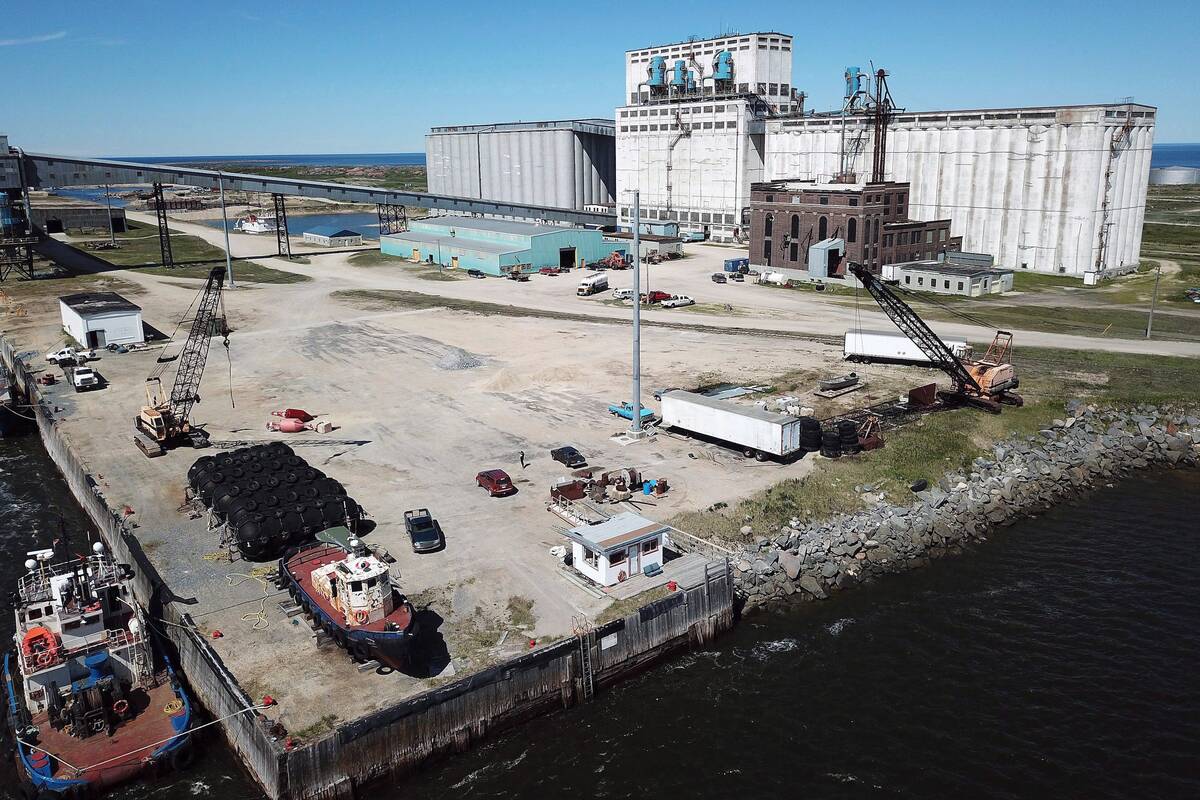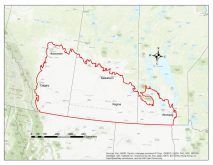Manitobans had their first detailed look last week at how the province intends to implement the water strategy it unveiled last year.
The province announced its initial water strategy action plan July 5. The 38-page document includes 72 actions and itemizes $990 million worth of funding over the next five years.
Why it matters: The document will impact programming across provincial departments of agriculture, environment and climate, infrastructure, municipal relations and consumer protection and government services.
Read Also

New Crown-Indigenous partnership to spearhead Churchill expansion
Province announces new Manitoba Crown-Indigenous Corporation to co-ordinate Port of Churchill Plus revamp, bolster northern development and trade
The province has said the water strategy is the first such public policy in almost two decades.
“As a province home to 100,000 lakes, the actions outlined in the initial water strategy action plan will guide a strong path forward to protect our precious freshwater and way of life in Manitoba,” Manitoba Environment and Climate Minister Kevin Klein said in a July 5 release.
What’s in it
Agriculture features heavily in the document, although many action items relate to already announced programs.
The strategy document included new retention pond funding under RALP, the Resilient Agricultural Landscape Program rolled out as part of the five-year Sustainable Canadian Agricultural Partnership (S-CAP) agreement between the federal government and provinces. That program targets on-farm practices and projects with an eye to grassland management and agroforestry.
Other ag highlights relate to S-CAP’s various streams for beneficial management funding, including wetland restoration for volatile weather resiliency, on-farm drainage, groundwater protection and enhancement, and other practices linked to ecological benefit.
In a release, Manitoba Agriculture Minister Derek Johnson said the plan “allows agricultural producers to continue being good stewards of the land while playing an important role in Manitoba’s overall economy.”
Jill Verwey, president of the Keystone Agricultural Producers, noted the wide scope of the action plan that covers multiple government departments.
It’s important “to make sure we’re all at the table and discussing, going forward, different programs and how they affect other areas,” she said.
“We know and can provide information going forward as far as being sustainable and protecting the water, but then, on the same breath, knowing full well that we’re producing, and using water (to do that.)”
Verwey noted practices like irrigation efficiency or better use of tile drainage in combination with water retention.
“If those programs can assist farmers to become more profitable … I think then that lends to access or, at the end of the day, more money in farmers’ pockets to be reinvested in becoming more environmentally conscious and more sustainable in the future,” she said.
Infrastructure
The July 5 announcement highlighted $763.5 million for provincial water infrastructure, the bulk of which is slated for the Lake St. Martin drainage channel project. The province has promised $600 million for the long-delayed project through the Department of Transportation and Infrastructure’s Multi-year Infrastructure Investment Strategy, a five-year, $4.1-billion plan covering investment into roads, highways, bridges and airports.
Funding that dovetails with the infrastructure strategy will see 214 water projects, including the replacement or repair of 20 control structures, seven pump stations, 11 dikes and 40 other structures, improvements on 104 culverts, three projects to enhance flood protection and 27 restoration projects stemming from flood damage.
The government also indicated:
- $4 million to bolster the Manitoba Water Services Board;
- $1.64 million for drinking water safety; and
- $1.47 million for Manitoba Environment and Climate to do its part in implementing the strategy.
That $1.47 million also includes $600,000 for Manitoba’s watershed districts.
Garry Wasylowski, chair of the Manitoba Association of Watersheds, said he isn’t yet sure how the action plan will impact members. The interplay of federal and provincial programs will require examination, he noted.
“There’s certainly funding, and that’s important to us,” he said. “I think we have the network that we’ve put together in the last year to deal with implementing some of these programs.”
One action item cites $300,000 for watershed districts responsible for waterway infrastructure.
That covers four watersheds that, in their former conservation district days, became responsible for water infrastructure in conjunction with the province. The Whitemud Watershed District and parts of the Inter-Mountain, Westlake and Northeast Red districts fall under that category.
“Over the last number of years, just with inflation and just the number of issues, that funding hasn’t caught up,” Wasylowski said.
Funding for infrastructure districts has been discussed between the association and the province.
“We haven’t heard definitely what that funding is going to be, but that was certainly great news to hear, that there is more funding for infrastructure districts in this water strategy,” Wasylowski said.
Natural infrastructure pilots, water quality monitoring, Indigenous collaboration, co-ordinated water management, water-use efficiency, invasive aquatic species management and other ecosystem health were also included in the strategy.
Wasylowski pointed to a number of Indigenous partnerships with watershed districts, including the Living Labs project with Swan Lake First Nation and the Pembina Valley Watershed District and various other integrated watershed management plans.
No First Nations are full members of their association, he said, although the door is open and he hopes to see formal relationships in the future.
‘Living document’
There is more to come on the water strategy, Manitobans have been told.
The province said the action plan will be regularly updated “to reflect work completed and to provide clarity on next steps and future initiatives.”
An advisory panel is also in the works.
For her part, Verwey said she’s happy the strategy has left room for adaptation.
“I like the idea of it being a living document where it has the ability to change as we go forward,” she said.
















